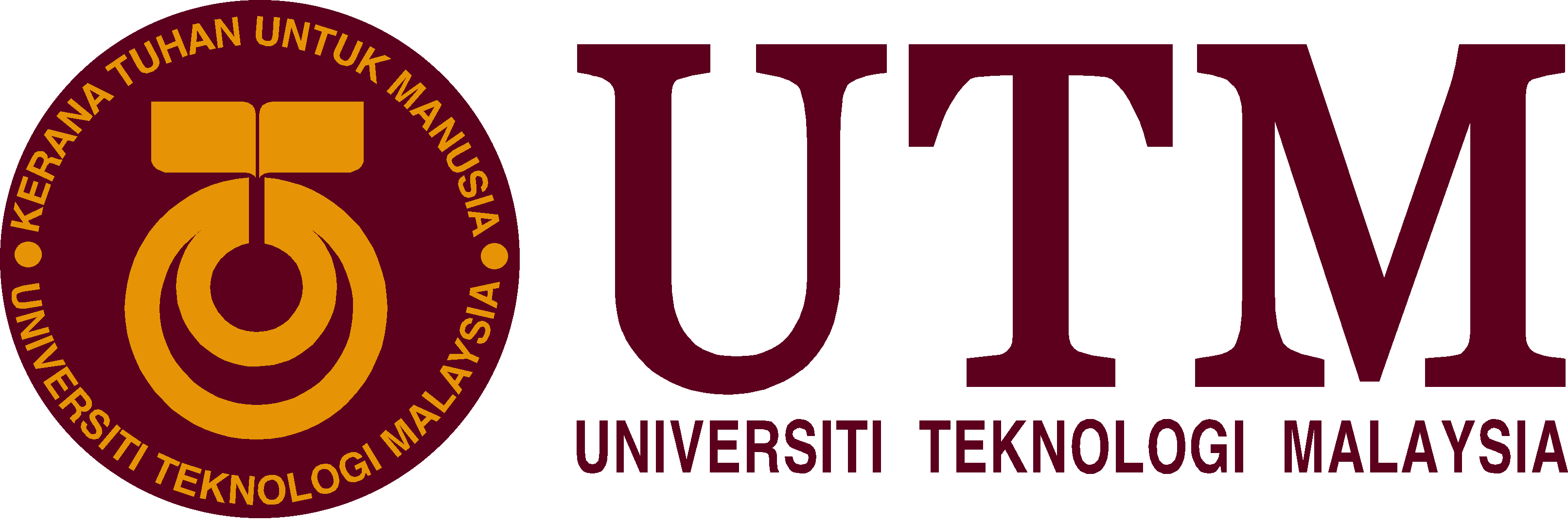Dr. Mohd Saiful Azimi Mahmud
Robot Localization and Mapping
Introduction to Visual SLAM
Simultaneous Localization and Mapping (SLAM) has becoming a popular research topic nowadays for autonomous navigation and virtual and augmented reality. This emerging technology usually used in autonomous driving and service robot especially in a GPS-denied environment. With the increasing cost for an efficient GPS based localization system, SLAM has been played an important role in robotics application in addition with the increasing demand for artificial intelligence and human-computer interaction. There are two types of SLAM which are Lidar SLAM method and Visual SLAM method. Both methods offer various advantages and drawbacks where it compliments each other where Lidar SLAM is more precise and faster than Visual SLAM and the Visual SLAM has the advantage of getting more environment data compared to Lidar SLAM. Hence, the objective of this research is to develop an efficient and accurate SLAM system based on the combination between the Lidar and Visual SLAM for greenhouse mobile robot.
Types of Visual SLAM
In the last decade, Visual SLAM has achieved its rapid development and has drawn the attention of researchers due to its low cost and small size characteristics. Davison et al. is the pioneer of visual SLAM where he proposed Mono-SLAM for the first time in 2007. Subsequently, the Parallel Tracking and Mapping (PTAM) has been proposed by Klein et al. in 2007 by dividing the SLAM system into two sections which are tracking and mapping and it has becoming the benchmarks for the next Visual SLAM generation. To develop a complete and efficient Visual SLAM framework, the extraction of feature points is needed to maintain the accuracy of pose estimation in SLAM tracking. Several feature extraction frameworks such as OKVIS, ORB-SLAM and ORB-SLAM2 has been developed and several successful applications of Visual SLAM has been found by implementing the aforementioned frameworks. From the application of several feature extraction frameworks, the ORB-SLAM2 has been proven to become one of the best performing frameworks for localization and mapping. It can enable the system to run for a long time under large scenes and large loops, thus ensuring the global consistency of the trajectory and the map.
